-
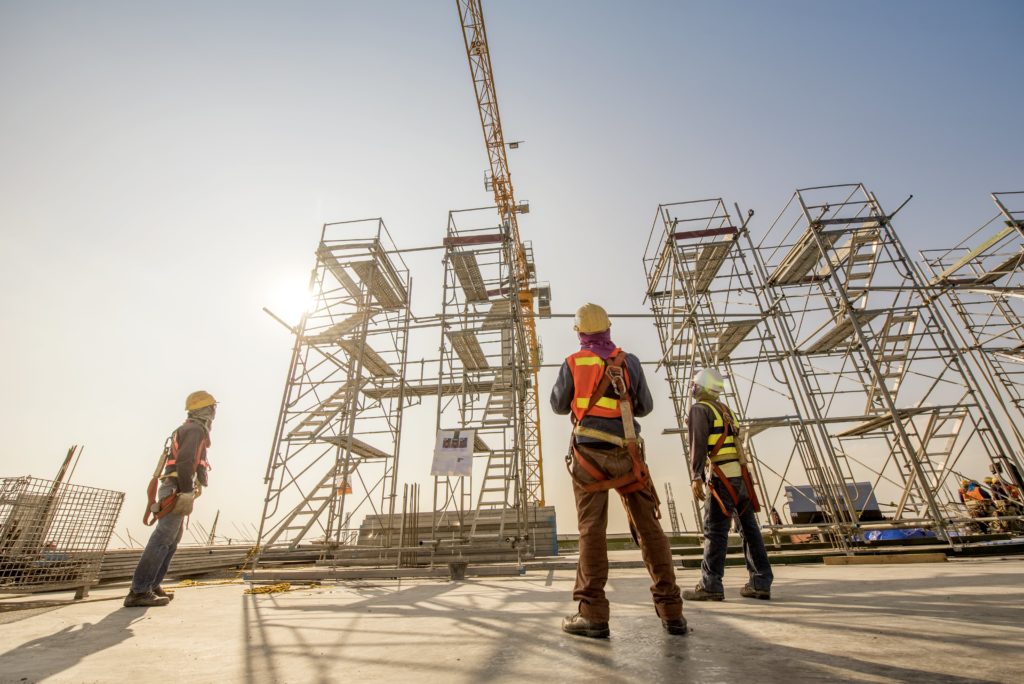
Types of Scaffolds Scaffolding
Scaffolds are temporary structures built to help reach work areas that are well above ground level. Scaffolds can also be constructed as access platforms. According to the Occupational Health and Safety Administration (OSHA); a scaffold is “an elevated, temporary work platform” (n.d).អានបន្ថែម -
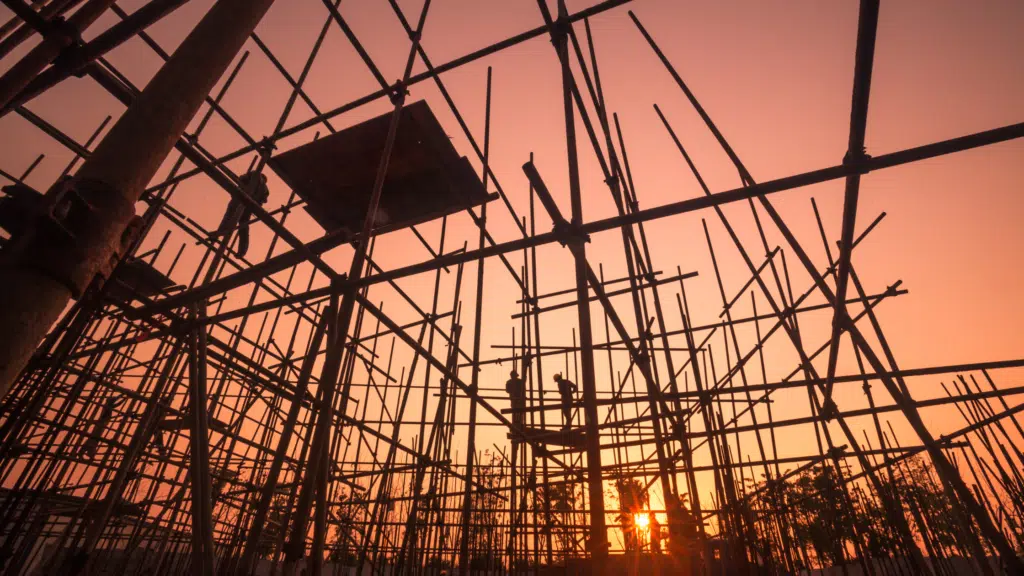
WHAT ARE THE 3 MAIN TYPES OF SCAFFOLDS? Scaffolding
According to a study published in 2022, scaffolding is worth £2.86 billion to the UK economy. At the time, the Construction Industry Training Board (CITB) forecasted that 200 scaffolding professionals would be needed every year to meet construction demands; this number has significantly increased since then.អានបន្ថែម -
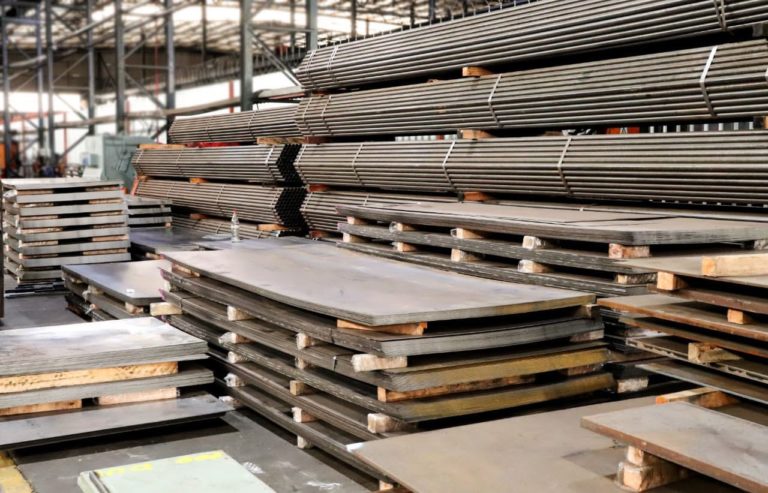
What are the Three Main Types of Scaffolding Solutions? Scaffolding
Working above ground on a building project requires scaffolding solutions, as without them, it would not only be impractical but also extremely dangerous to complete a build. The construction of the scaffolding that needs to be used is completely dependent on the project that is being undertaken.អានបន្ថែម -
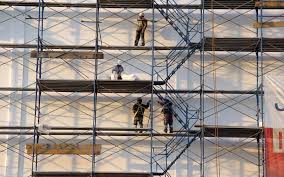
What Are the Three Main Types of Scaffolding? Scaffolding
Most construction jobs require scaffolding, whether the work involves repair, improvement, demolition or new building. Working above ground-level without it would be not only impractical, but also unacceptably dangerous. There are numerous types of scaffolding.អានបន្ថែម -
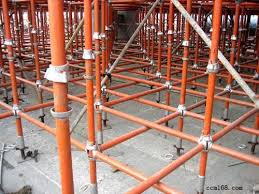
The Three Main Categories of Scaffolding Scaffolding
If you are a layman or you're just starting in construction, you might assume scaffolding is all the same - in some way that's correct. Scaffolding hasn't changed much in the millennia since it was first created, relying on the same underlying principles. However, amongst this terrain of bars and bolts, there is a surprising amount of variety.អានបន្ថែម -
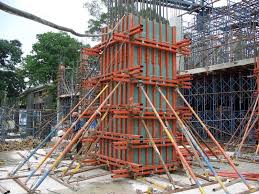
How to become a formworker
There are several routes to becoming a formworker. You could do a college course, an apprenticeship, or on the job training by applying to an employer directly. You should explore these routes to find out which is the right one for you. Although some of these options have certain qualification requirements, many employers are more interested in people who are enthusiastic, willing to learn and can follow instructions.You may need a Construction Skills Certification Scheme (CSCS) card to work on a construction site.អានបន្ថែម -
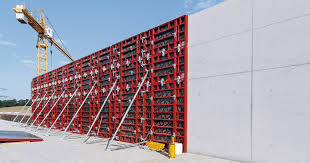
Importance of Formwork and Its Role in Civil Engineering
With the development of modern technology, the construction world is able to see a lot of benefits. In the present times, plans and designs are made by computers and there are concrete advancements being made in different civil engineering projects. When it comes to one of the techniques of construction that have gone through a lot of development it would have to be formwork. Yes, Formwork is a very important section of the construction industry and can also be called permanent or temporary form. The concrete is poured into the formwork and it subsequently becomes hard. Constrosystems is the leading formwork manufacturer and supplier in Mumbai.អានបន្ថែម -
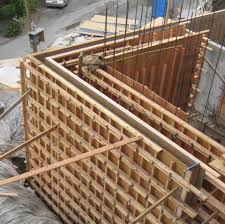
The Best Guide To Formwork
Formwork is a common activity found on most jobsites. Learning how it works can help improve your project.Concrete construction is a common activity found on most jobsites throughout the world, one of the critical activities that goes into making sure that the concrete ends up where it needs to be is formwork. This Guide provides information on designing, erecting, using and dismantling formwork.អានបន្ថែម -
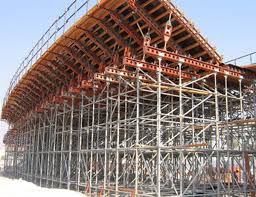
5 ELEMENTS OF SUPERIOR CONCRETE FORMWORK
Concrete is the most commonly used man-made material on earth. Given its particular properties, it is also among the most widely employed options for construction. This mixture of cement, sand, gravel and water begins as a wet substance unable to support its own weight, thereby requiring the use of a mold to achieve the desired shape and structure. In construction applications involving concrete, that mold is referred to as the formwork.Because formwork not only controls the concrete’s position and alignment, but also bears the weight of materials, equipment and workers, it must be expertly planned and applied. Here, we’re breaking down the specific elements of superior concrete formwork to help you develop an approach that meets the needs and specifications of your construction project.អានបន្ថែម -
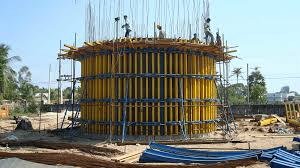
Use concrete casting formwork to make your building projects stand out
Do you want your building projects to reach new heights? If so, you should think about how useful concrete casting formwork can be. This new method is changing the business because it makes it easier and faster to make concrete structures that are strong and last for a long time. Whether you’re building something for a home or a business, using concrete casting formwork can help you get better results and make your construction projects more successful. In this piece, we’ll talk about the benefits of concrete casting formwork, look at the different kinds that are available, and give you some helpful advice on how to make the most of it. Get ready for this slab support system to change the way you build.អានបន្ថែម -
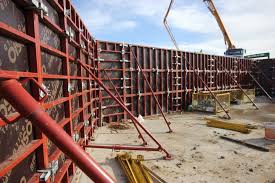
Formwork vs Falsework: What’s the Difference?
You may hear the words ‘formwork’ and ‘falsework’ thrown around on site from time to time. While they both are used to describe supports that help to form concrete, their roles in the process differ immensely.Both falsework and formwork date back thousands of years and have been used to construct buildings, viaducts and bridges for centuries, and they still play an important role as temporary support in construction projects of today.Read on to learn more about how formwork and falsework are different, what they do and how they support buildings, big and small.អានបន្ថែម -
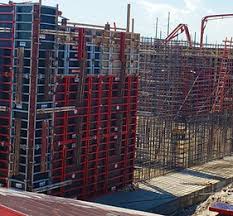
Improving Efficiency and Construction Quality with Proper Formwork
In the construction industry, formwork plays a vital role in creating strong and precise concrete structures. Formwork is a temporary mold used to contain and shape liquid concrete until it sets and gains sufficient strength. It acts as the backbone or temporary support structure for the concrete during the pouring and curing process. Without proper formwork, the liquid concrete would not maintain its shape and would fail to create the desired structure.One of the main benefits of formwork is the ability to achieve precise dimensional structures. Using carefully designed formwork, contractors can attain sizes and shapes that align with the design plan. Formwork helps control the dimensions and accuracy of the concrete structure being built, reducing the likelihood of errors and related losses.អានបន្ថែម